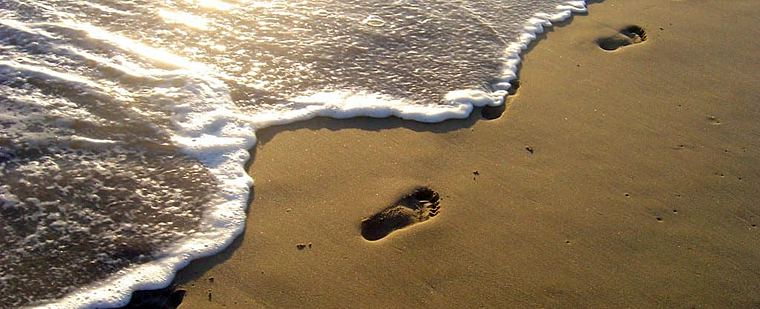
All things change; what is born grows older and dies. Sometimes such change is quick, sometimes slow, unexpected or anticipated, dramatic or subtle. Moment to moment, we are changing; our thoughts literally alter the physical framework of our brain, our actions alter the components of the body, and these alterations affect the ways in which we change the world. Impermanence is another word for change.
Accepting impermanence on an intellectual level is not terribly hard, but accepting it on an emotional level is more difficult, particularly when impermanence affects something we desire. As human beings we constantly desire, and even before one desire is satisfied another arises. We shift quickly from desire to desire, attaching ourselves to hopes and outcomes, oscillating between satisfaction and suffering, rarely finding restful equanimity. Our busy minds of desire jump from one topic to another, one activity to another, one object to another, all in a ceaseless but fruitless effort to control or avoid impermanence.
This very process, the alternation of craving and satisfaction, simultaneously keeps us going and wears us out. Curiosity and disinterest, excitement and boredom, initiative and laziness all relate to this oscillation of desire. Attention deficit disorder is a souped-up version of our ordinary experience, desire on steroids, if you will. Similarly, stimulants such as cigarettes, caffeine, refined sugar and chocolate all amplify our sensations of desire which accounts for their widespread popularity.
Impermanence is the fuel of desire and all that follows from it. Though the various manifestations of desire and its designated objects are incalculable, the ever-present force of impermanence feeds it ceaselessly. Impermanence is not a “thing,” but instead a quality of things. It has no color, size or dimension, no smell, shape, sound or feel. Impermanence pervades all and everything but impermanence itself cannot be isolated. Like time, impermanence both exists and does not exist; it is a point of nowness of no duration, an instantaneous but incessant changing in which its speed and location, like quantum particles, cannot be simultaneously determined. The only thing that never changes is impermanence.
Despite its ineffable and immutable nature, the great curiosity is that through the oscillations of desire impermanence can be experienced and realized. Desire keeps us chasing the moment that can never come, that moment of permanent satisfaction, and thus we experience impermanence tugging on our hearts. It is between love and loss we encounter the vivid reality of impermanence; it pervades all things, and so bestows meaning to life itself. How different life would be without love.
Most adults are repeatedly shocked by impermanence, try to bury or avoid emotions of disappointment and ignore the knowledge that desire can never be fully satisfied. Our illusion of control is enormously powerful and habit-forming; we truly imagine we can have it all and scurry around like squirrels frantically collecting nuts. We are deluded, but we are simultaneously the living expression of impermanence, each of us born embodying its basic wisdom deeply within us.
So it was I was chatting with our three-and-a-half year old granddaughter Isabelle the other day while driving. “Do you want to drive past your old house?” I asked, she and her family having recently moved across town. “Sure,” she said, then added, “I live in a new house, but now it’s old. Isn’t it funny how a new house gets old?”